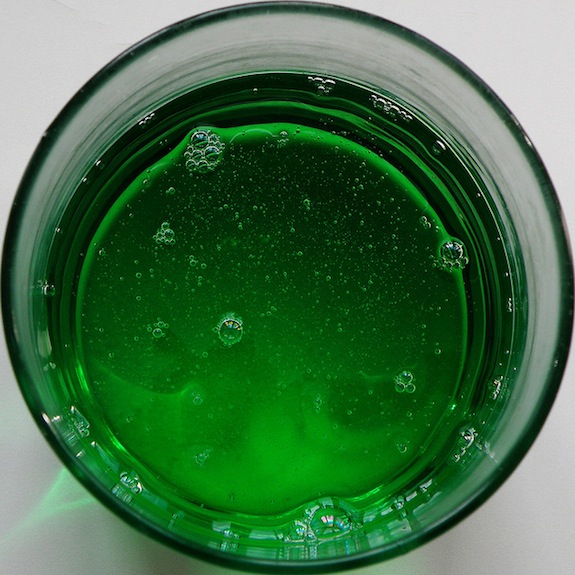Opera Fans Have an Advantage in Chemistry Class
Twenty-five different natural and synthetic chemical potions and poisons pop up in 20 different opera’s plots

Image: Eve Ekeblad
Any good opera needs a dramatic twist, and death by poison and potions fits the bill. When a team of chemists took a closer look at the formulas behind these concoctions in 20 operas, they found 25 different natural and synthetic chemical materials featured. The researchers suggest that teachers use these poison plots to engage students with chemistry, and while opera isn’t exactly an easy sell with most teenagers, learning about death by deadly nightshade probably ranks higher for most than memorizing yet another chemical formula.
In the Journal of Chemical Education, the authors explain a few of the more common examples of chemicals that make their way onto the stage. There’s belladonna—the deadly nightshade:
In its Latin name, Atropa belladonna, Atropa derives from Atropos, the mythological Greek goddess responsible for cutting the life thread and belladonna refers to the use by 17th and 18th century Venetian ladies to the application of the berry juice to their eyes. This causes dilation of pupils and consequently the eyes can appear brighter and apparently more beautiful (at the expense of blurred sight!).
And mandrake:
In medieval Europe, mandrake was considered a plant with special powers. Witches applied an ointment made with fat and extracts from this plant and other Solanaceae in the underarms and other parts of the body. The state of excitement and hallucination they attained would make them believe they could fly on brooms and cast spells. The skin is in fact an appropriate route for the introduction of hyoscine-like compounds into the body. The anthropomorphic aspect of mandrake’s root also contributed to its reputation as a magical plant being believed that those who snatched the mandrake out of the earth would become deaf or crazy with the screams it would release. In Léo Delibes’s opera Lakmé (1883), Lakmé uses Datura stramonium (also a Solanaceae) for her suicide.
And venom, thanks to Cleopatra, who was a sort of amateur chemist herself:
Cleopatra (69–30 B.C.E.) is often considered one of the first experimental toxicologists due to her habit of testing different poisons on poor and sick people, with the excuse of treating them. According to the legend, she chose to commit suicide with a poisonous snake. Samuel Barber’s opera Antony and Cleopatra, composed for the inauguration of the new Metropolitan Opera House in 1966, is an appropriate vehicle to introduce the topic of snake venom. Venom is a complex mixture of neurotoxins that includes proteins, lipid, and sugars causing destruction of the victim’s tissues, weakness of the muscles, paralysis, difficulty in breathing, destruction of blood cells, and damage to the cardiovascular and coagulation systems.
Shakespeare’s plays —many of which were turned into operas—contain a whole host of poisons and potions. The operatic version of Hamlet, for example, contains henbane, a poisonous plant, which the ghost of Hamlet’s father accuses his brother of pouring into his ear in order to assassinate him in his sleep. In Romeo and Juliet, Juliet imagines the cries of the mandrake as she slips into the death like coma in her unfortunate bid to be with Romeo.
More from Smithsonian.com:
Graffiti Meets Chemistry, Loses
Looking Forward to the International Year of Chemistry
/https://tf-cmsv2-smithsonianmag-media.s3.amazonaws.com/accounts/headshot/Rachel-Nuwer-240.jpg)
/https://tf-cmsv2-smithsonianmag-media.s3.amazonaws.com/accounts/headshot/Rachel-Nuwer-240.jpg)